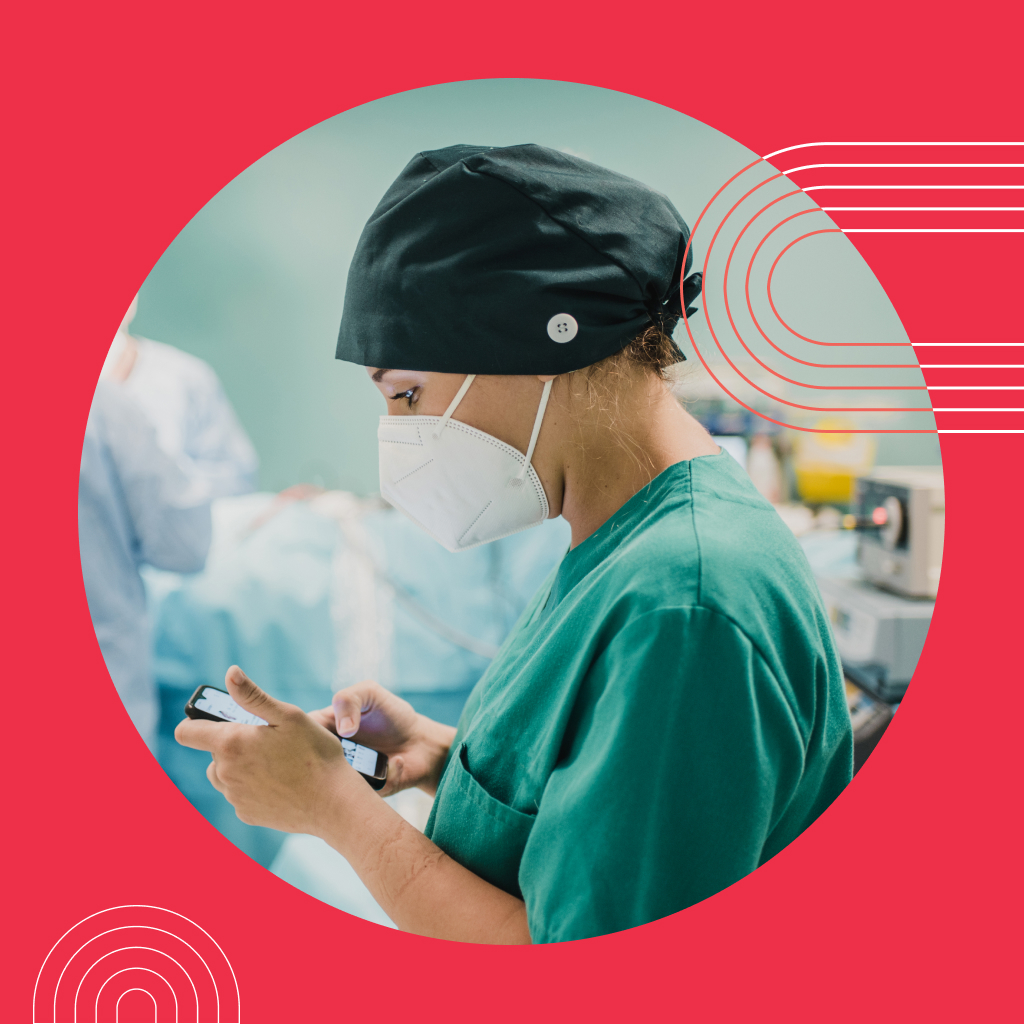In response to challenges such as cost pressures, talent shortages, and staff burnout, Australia’s healthcare sector is increasingly embracing digital transformation. Technology can make life easier for healthcare professionals and help free up time for patients. The Australian government’s health funding including $421.6 million over two years in digital health, is a crucial step towards this transformation, with the core focus on how these funds will directly improve patient outcomes and alleviate the workload of healthcare workers.[1]
Improving healthcare delivery through technology
Clinicians want to spend more time with their patients, coach their peers, improve their skills through training, and participate in professional growth activities. At the same time, they want to spend less time on documentation, administrative and support tasks, and searching for people or equipment. Alcatel-Lucent Enterprise’s digital workplace for cure and care supports healthcare addresses these needs, enabling healthcare professionals in their daily responsibilities and enhancing the efficiency of care delivery.[2]
The solution encompasses a location-aware collaboration, notification, and connectivity system. It revolves around pervasive wireless mobility and open solutions seamlessly integrated with existing systems, thereby enhancing accessibility, operations, clinical processes, and overall workflows.
Enabling healthcare with advanced networking features is essential to provide better patient care and increase operational efficiency. These features not only address critical challenges but also unlock new possibilities in improving healthcare delivery:
- Connected medical devices: ensuring seamless operation and connectivity of a diverse range of medical devices is crucial for modern healthcare networks. This capability provides better patient monitoring and streamlines medical procedures.
- High-resolution imaging: as medical diagnostics increasingly rely on high-resolution imaging, networks must be capable of efficiently handling large image files, such as those from 4K imaging technologies, without compromising network performance.
- Mobile patient information: providing healthcare professionals with on-demand access to electronic medical records is essential. Advanced networks should support this need with minimal latency, ensuring that critical patient information is always at the fingertips of those who need it.
Six use cases where the digital workplace for cure and care makes a difference include:
- Enabling collaboration: tools for healthcare practitioners to exchange patient information during in-person or virtual meetings, including care delivery at the bedside and multidisciplinary meetings.
- Facilitating communications and mobility: essential for immediate diagnosis and quick actions, with tools like contact management, chat, and audio/video calls.
- Reducing alarm fatigue: optimising the notification flow to send the right alarm to the right individual or group, at the right time.
- Quickly locating people and equipment: asset tracking applications for real-time location of patients, staff, and equipment.
- Keeping patients and staff safe: notifying colleagues or security teams in distress situations with preprogrammed alarm messages and location indicators.
- Mastering patient data circulation: secure network infrastructure for collecting and sharing patient information, improving diagnosis, optimising clinical and administrative processes, and protecting health data security and privacy.
Connected Health works in collaboration with Alcatel-Lucent Enterprise to provide solutions that help healthcare professionals focus on their primary goal: patient care. For more information on how we can revolutionise your healthcare networking solutions, contact us today.
[2]https://www.al-enterprise.com/en/industries/healthcare/digital-health

